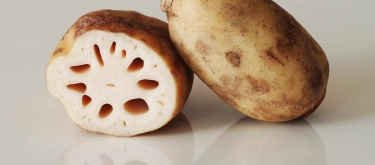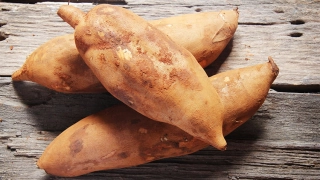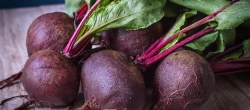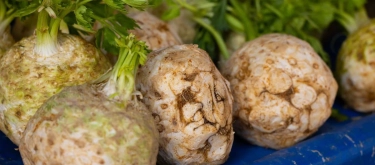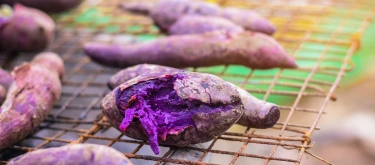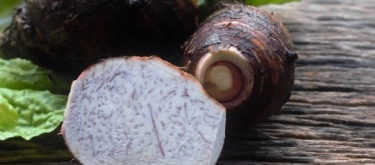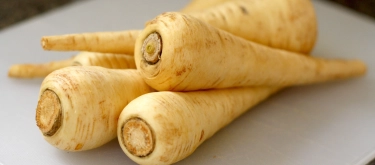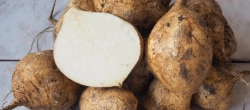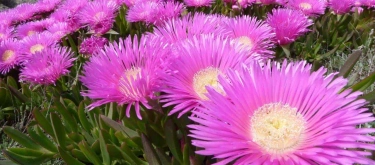Jerusalem Artichoke: Taste Profile, Aroma, Benefits and Health Risks
Jerusalem artichoke (Helianthus tuberosus), also known as sunchoke, is a knobby root vegetable native to North America but widely cultivated and consumed in Australia and Europe. Despite its name, it is neither from Jerusalem nor an artichoke, but a sunflower relative with a sweet, nutty flavor.
Generally safe for most people, though it may cause digestive discomfort in sensitive individuals due to high inulin content.
What does Jerusalem Artichoke taste like?
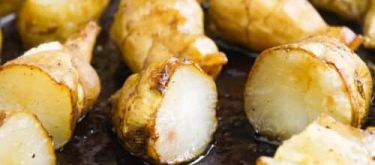
Complete Sensory Description:
-
Taste: The flavor is subtly sweet, nutty, and earthy, resembling a cross between an artichoke heart and a potato with hints of hazelnut.
-
Aroma: Mild and earthy with delicate floral and slightly buttery undertones when cooked.
-
Texture: Crisp and juicy when raw; smooth and creamy when cooked, similar to a cooked potato but slightly firmer.
-
Appearance: Uneven, knobby tuber with light brown skin and creamy white flesh inside.
In-depth Flavor Analysis:
The natural sweetness of Jerusalem artichoke comes from its high inulin content—a type of prebiotic fiber. Upon cooking, inulin breaks down into fructose, intensifying the root’s sweetness. Volatile aromatic compounds, including lactones and pyrazines, contribute to its nutty and earthy profile. The flavor becomes richer and more pronounced with roasting, while boiling yields a subtler taste.
Flavour Variations Depending on Preparation and Ripeness:
-
Ripeness: Fresher tubers are juicier and crisper, offering more pronounced sweetness. Stored tubers become starchier and earthier.
-
Preparation:
-
Raw: Crunchy with a mild sweetness and refreshing texture, ideal for salads.
-
Roasted: Develops caramelized, nutty richness and softens to a creamy texture.
-
Boiled or steamed: Becomes tender with a subtle artichoke-like flavor.
-
Pickled: Preserves the crunch while adding tanginess.
-
Varieties and Culinary Applications:
Common varieties include 'White Fuseau' and 'Stampede'. Jerusalem artichokes are versatile: eaten raw in salads, roasted as a side, blended into soups and purees, or even pickled. They pair well with dairy, nuts, herbs like thyme and rosemary, and meats such as pork or poultry.
Selection and Storage:
Choose firm, smooth tubers without soft spots or sprouting. Store in a cool, dry place or refrigerate in a paper bag for up to two weeks. Do not wash until ready to use.
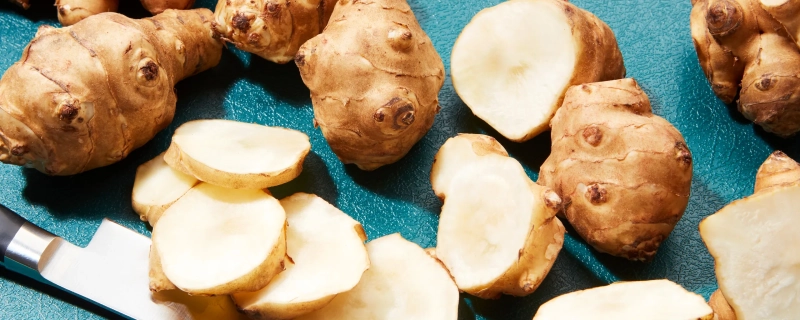
Nutritional Insights:
Jerusalem artichoke is rich in inulin, a prebiotic fiber that supports gut health. It also provides potassium, iron, vitamin C, phosphorus, and small amounts of protein. Regular consumption may aid digestion, support healthy blood sugar levels, and improve mineral absorption.
Expert Insights & Culinary Tips:
Peel only if desired—thin skin is edible. To reduce digestive discomfort, cook thoroughly or start with small servings. For an elegant dish, puree roasted sunchokes with a splash of cream and a hint of lemon. Avoid overcooking, which can make the texture overly mushy.
Interesting and Curious Facts:
-
Indigenous peoples in North America cultivated Jerusalem artichoke long before European colonization.
-
The name “Jerusalem” is a misinterpretation of the Italian word girasole (sunflower).
-
Sometimes called the "fartichoke" due to its high inulin content and potential to cause gas.
Harm and Dietary Considerations:
High inulin content can cause bloating and gas, especially when consumed raw or in large amounts. Individuals with irritable bowel syndrome (IBS) or sensitive digestion should start with small servings. Not recommended for children under 3 years old due to potential gastrointestinal discomfort.
Religious Dietary Considerations:
Jerusalem artichoke is plant-based and widely accepted in all religious dietary systems.
Final Thoughts & Sensory Journey:
Jerusalem artichoke delights with its sweet, nutty flavor and creamy texture. Versatile and nutritious, it offers a rewarding sensory and culinary experience, especially when properly prepared.
Resources:
-
"Edible Medicinal and Non-Medicinal Plants" by T.K. Lim (2015)
-
"Vegetables: Characteristics, Production, and Marketing" by G.E. Lester (2014)
-
"Handbook of Vegetables and Vegetable Processing" edited by Muhammad Siddiq (2010)
